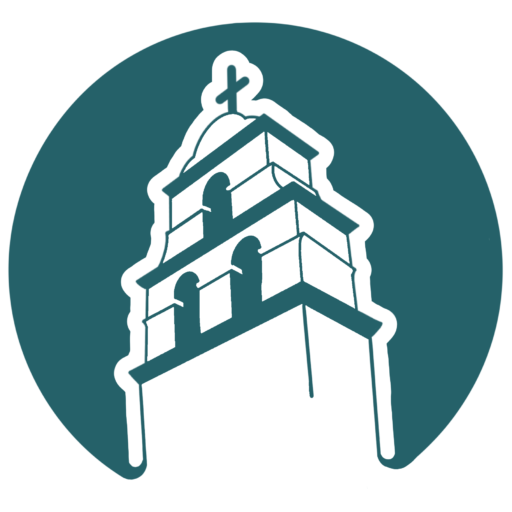VATICAN CORNER
The first LED (Light Emitting Diode) that produced visible light was invented by a General Electric Co. engineer in 1962. LEDs are basically tiny light bulbs without a filament to burn out, and they shine without making much heat. The illumination comes from the movement of electrons in a semiconductor material, with a large number of photons released outward through the curved end of the plastic bulb. A 60-watt incandescent bulb that burns 2 hours per day has an annual energy cost of about $4.80. A 12 –watt LED bulb, producing a similar level of light, has an annual energy cost of only $1.00. The LED bulb has a life 25 times that of an incandescent bulb. The prices of LED light bulbs have continually dropped, so that now there is a money savings over time if incandescent bulbs are replaced with LEDs. Utility companies and governments are encouraging LED use since they help the environment by substantially reducing the energy needs for lighting. In October, 2016, new outdoor LED lighting was installed by the German firm Osram at St. Peter’s Square. It resulted in much improved visibility at night while reducing energy usage by 70%. One challenge was how to install the LEDs without impacting the historic architecture and making the wiring simple and unobtrusive. A way was found and one hundred – thirty-two LED floodlight luminaires were installed by blend them into the façade surrounding the elliptical central area of the Square. A lighting control system enables each individual luminaires to be adjusted for intensity. A maximum light level was chosen so that visitors in the Square would be able to read at night events, while lower levels of light could be selected when crowds are sparse. Two years earlier another LED project had been completed at the Vatican by the same German firm. Along with a high-tech air conditioning system, 7,000 LED light bulbs were installed in the Sistine Chapel. The new air conditioning system was designed to reduce the damage to the 500 year old frescoes from dust, and carbon dioxide, sweat and heat produced by up to six million visitors annually. The LED lights are used to better display the famous frescoes by Michelangelo, Botticelli, Perugino and Ghirlandaio and they highlight neglected features while still reducing the lighting bill by 80%. The color rendering of the frescoes is significantly improved so that they appear to visitors just as they did 500 years ago. All forms of glare are eliminated and the LED luminaires have been concealed in such a way so that the viewer is given the impression that the light is coming from windows. If a trip to the Vatican is not in your future, you can take a virtual tour of the Sistine Chapel and see the new lighting by typing “virtual tour Sistine Chapel” in an internet search engine and follow the link. This Summer 2017 saw our church’s school replace their lights inside and out with LEDs, and soon your may see them in our church too.
Sources: electronic.howstuffworks.com, energy.gov, Bloomberg.com, ledsmagazine.com , bbc.com, pbs.org, osram.com
